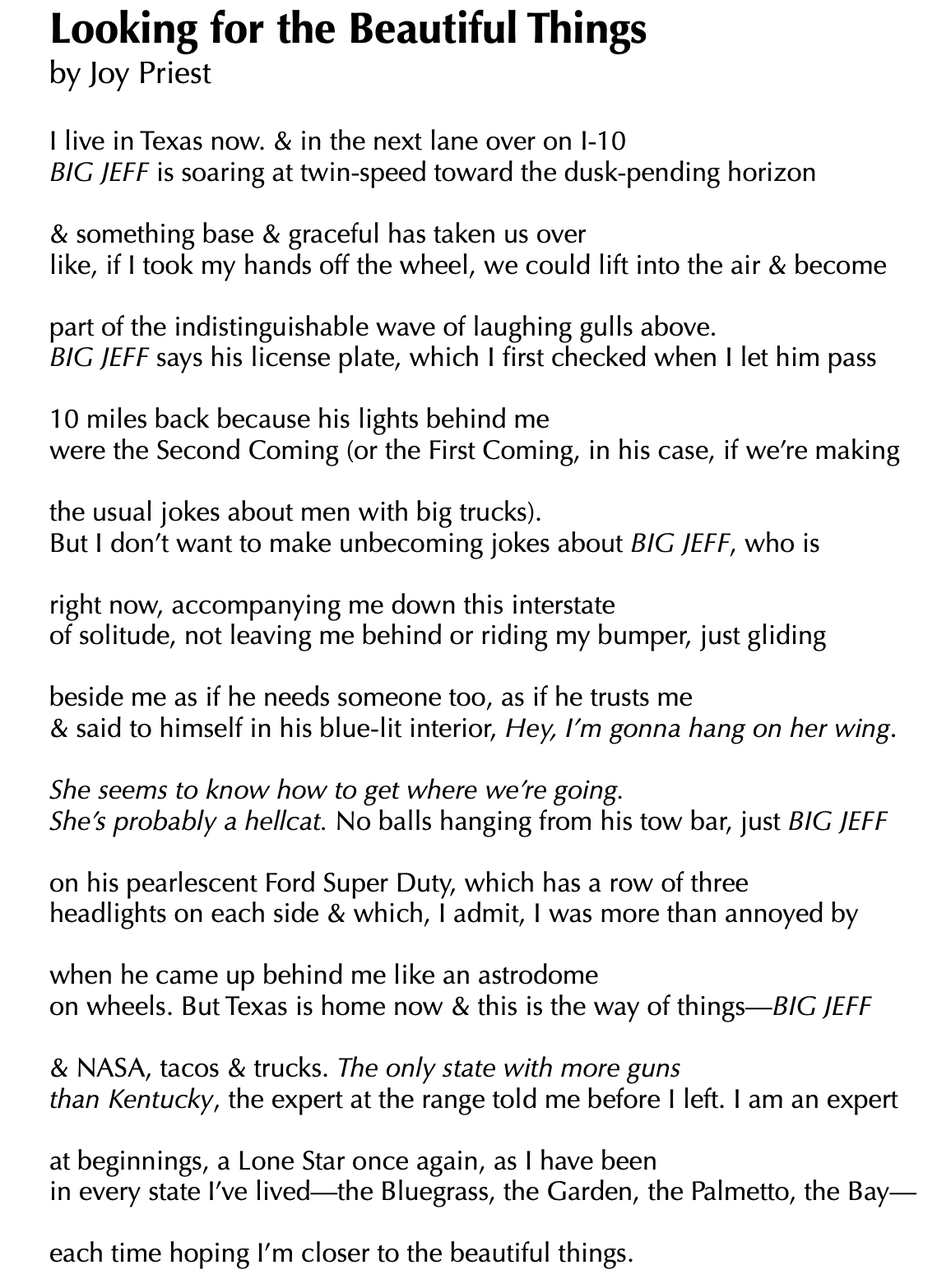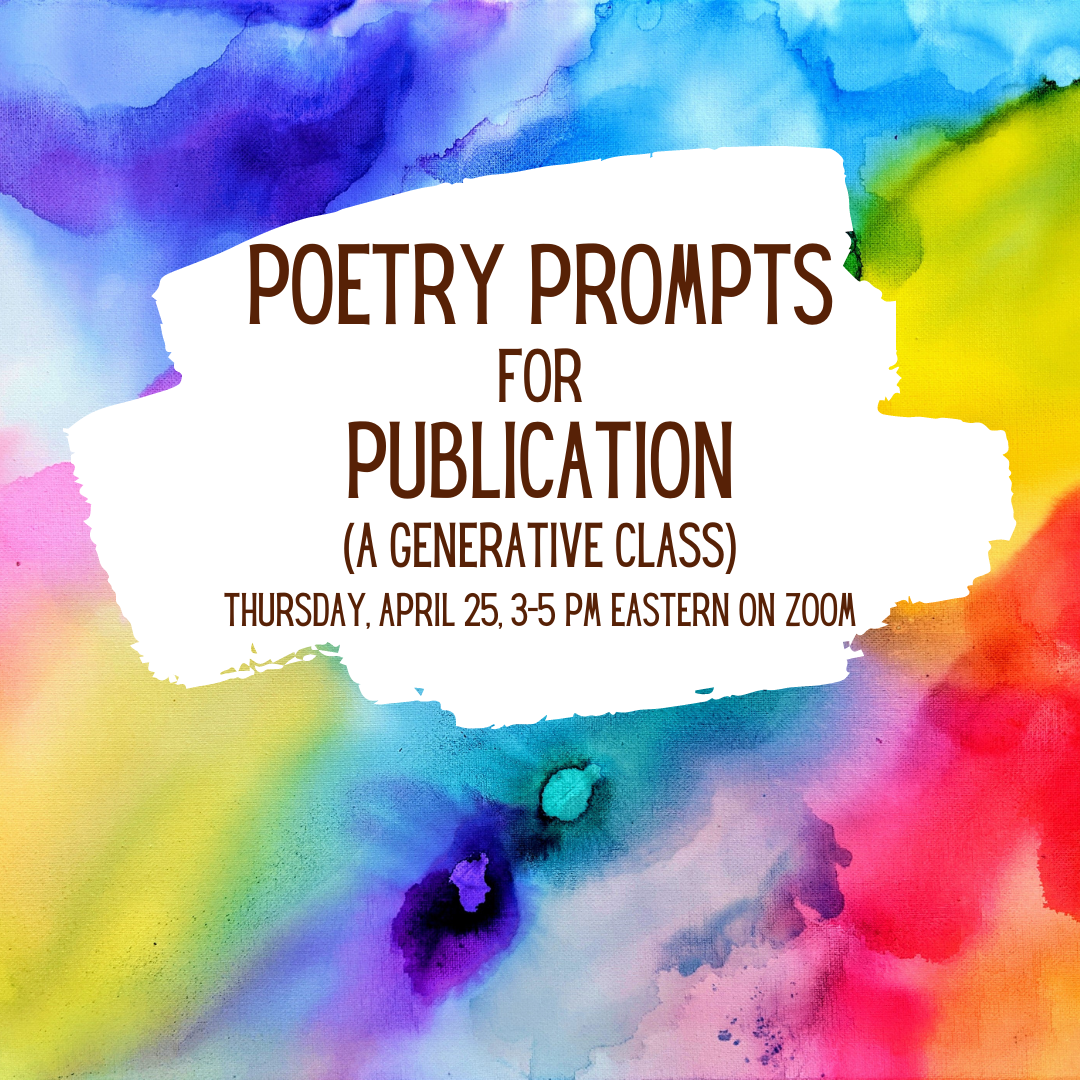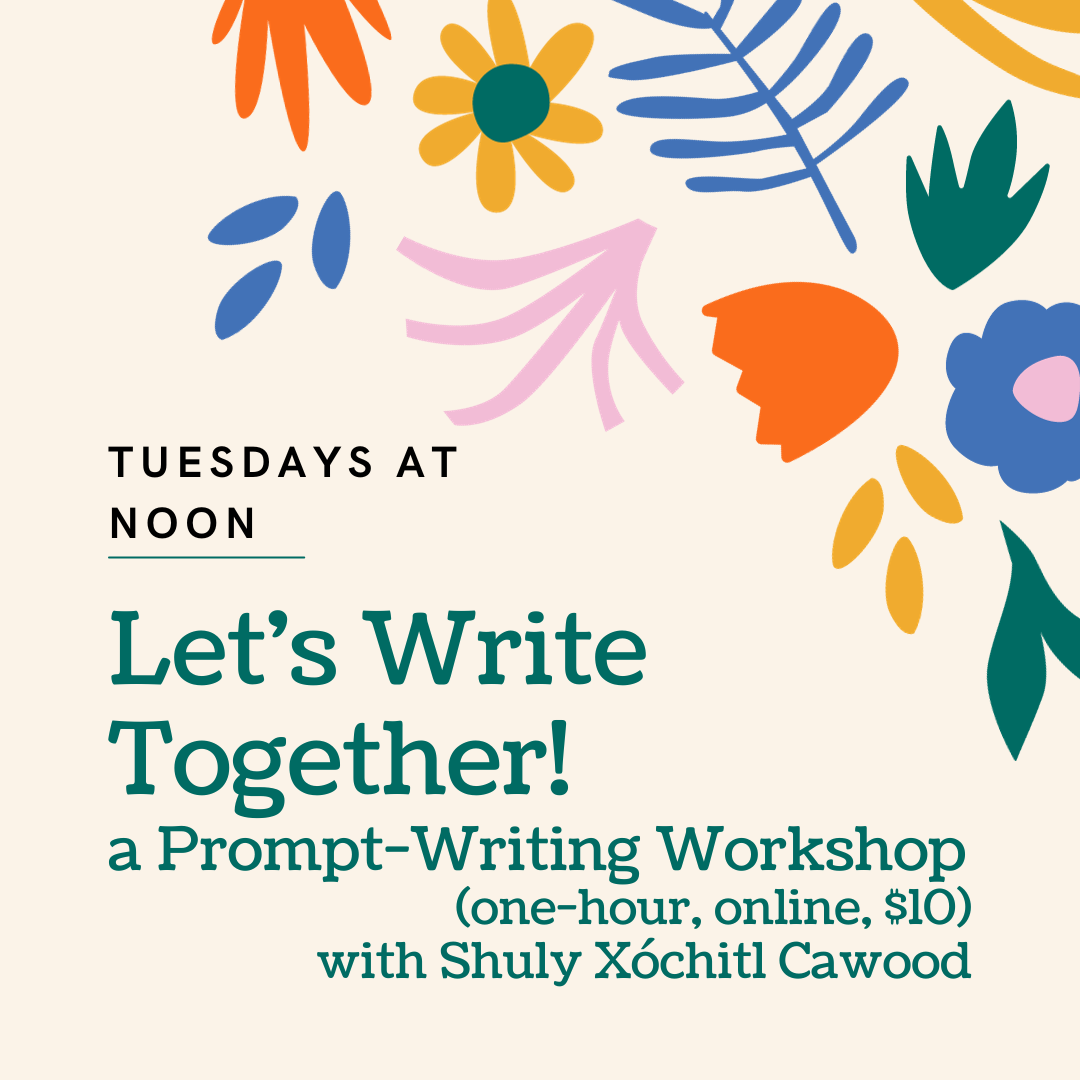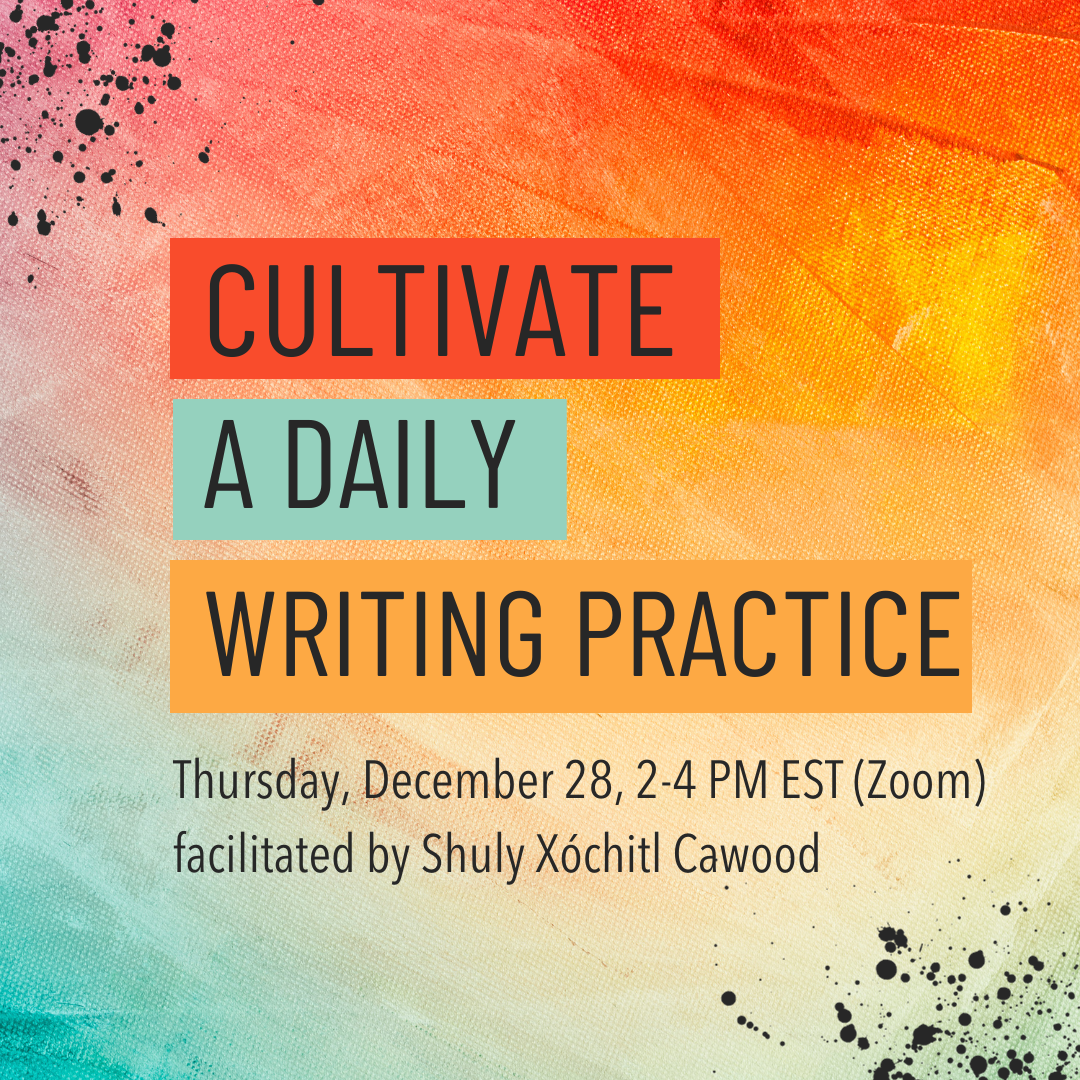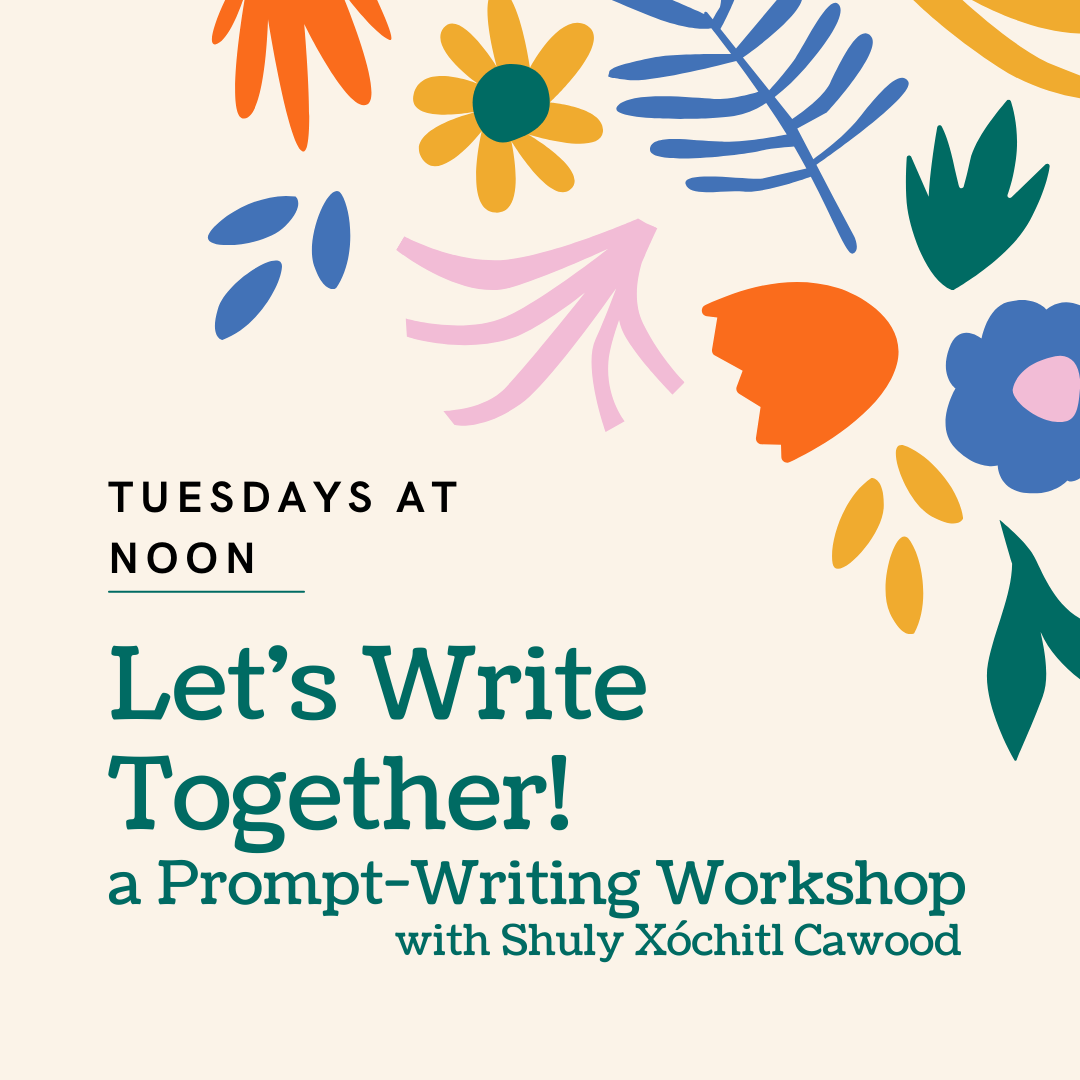I moved quite a few times in my twenties and thirties, often with help but sometimes making the final drive by myself. I remember one particular drive when I left my Ohio hometown to move to Chapel Hill, North Carolina with my new husband. It’s hard for me to think about that drive—even as I am writing this, tears are forming in my eyes and my throat is thick. I didn’t want to leave, but I thought back then I could not stay, not if I wanted to be married to the man who told me that he would never want to remain in my hometown or in Ohio. That drive might have been the hardest I have ever made, but I did my best to have hope, to keep hold of the belief that this was the right thing, that I would be happy once I got there.
Which brings me to this poem by Joy Priest, a poem I have loved for a long time. If you are new to my blog, you might not know that every week of April I feature poems on my blog with the hope that if you don’t think you like poetry, you might change your mind.
Here is Joy Priest’s poem:
This poem was reprinted here with permission of the poet. Copyright © 2021 by Joy Priest. This poem was originally published in Poem-a-Day on May 20, 2021, by the Academy of American Poets. Joy Priest’s latest poetry collection is Horsepower.
Thank you, Joy Priest, for letting me share your work.
It’s National Poetry Month. Every week during the month of April, I am sharing poems I love from contemporary writers. I hope to pique your interest in poetry, if it needs to be piqued, and to show you that a really great poem can be accessible to all.
“See” you soon with another fabulous poem.
(Photo credit: Kimi Lee)


